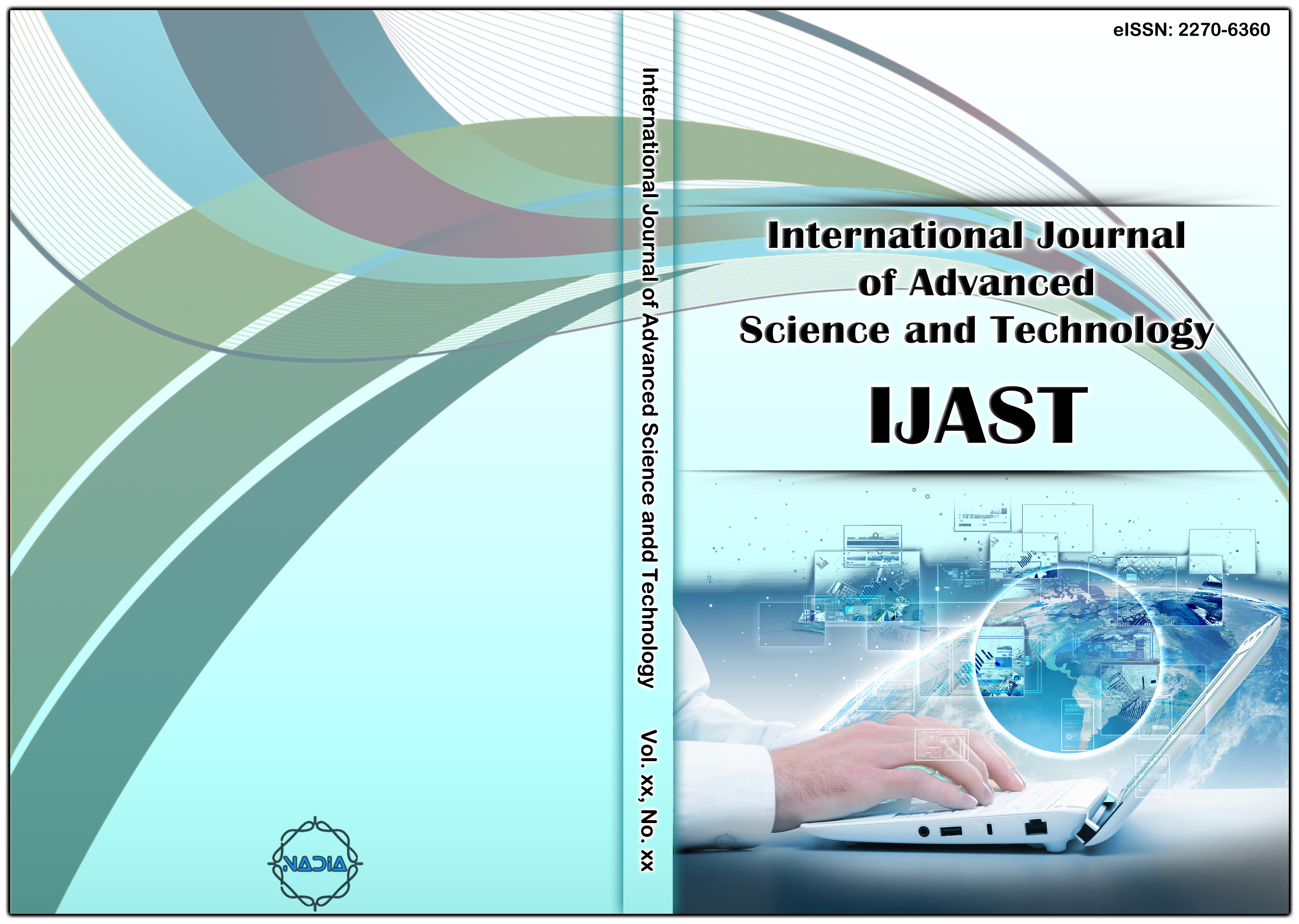[1] Xiao, L., Shao, W., Liang, T. and Wang, C., “A combined model based on multiple seasonal patterns and modified firefly algorithm for electrical load forecasting”, Applied Energy, vol. 167, no. C, (2016), pp. 135-153.
[2] Wang, Z.-X., Li, Q. and Pei, L.-L., “A seasonal G.M. (1, 1) model for forecasting the electricity consumption of the primary economic sectors”, Energy, vol. 154, (2018), pp. 522-534.
[3] Salman Rahman, A. B. M., Lee, M., Lim, J., Cho, Y. and Shin, C., “A Comparative Study of Energy Big Data Analysis for Product Management in a Smart Factory”, Journal of Organizational and End User Computing, (2022) DOI: 10.4018/JOEUC.291559.
[4] Salman Rahman, A. B. M., Lee, M., Lim, J., Cho, Y. and Shin, C., “A prediction model for steel factory manufacturing product based on energy consumption using data mining technique”, Journal of Science and Engineering Management, vol. 1, no. 2, (2020), pp. 9-16.
[5] Salman Rahman, A. B. M., Lee, M., Ragu, V., Lim, J., Cho, Y., Park, J. and Shin, C., “Identification of High Significance Product Items Through the Analysis of Energy Consumption in Steel Factory”, Journal of Knowledge Information Technology and Systems(JKITS), vol. 14, no. 3, (2019), pp. 275-289.
[6] Sathishkumar, V. E., Shin, C. and Cho, Y., “Efficient energy consumption prediction model for a data analytics-enabled industry building in a smart city”, Building Research & Information, (2020) DOI: 10.1080/09613218.2020.1809983.
[7] Simeone, O., “A very brief introduction to machine learning with applications to communication systems”, IEEE Transactions on Cognitive Communications and Networking, vol. 4, no. 4, (2018), pp. 648-664.
[8] Chen, C., Liu, Y., Kumar, M., Qin, J. and Ren, Y., “Energy consumption modeling using deep learning embedded semi-supervised learning”, Computers & Industrial Engineering, vol. 135, (2019), pp. 757-765.
[9] Chou, J. S. and Bui, D. K., “Modeling heating and cooling loads by artificial intelligence for energy-efficient building design”, Energy and Buildings, vol. 82, (2014), pp. 437-446.
[10] Zha, D., Zhou, D. and Ding, N., “The contribution degree of sub-sectors to structure effect and intensity effects on industry energy intensity in China from 1993 to 2003”, Renew. Sustain. Energy Rev., vol. 13, (2009), pp. 895-902.
[11] Paturi, U. M. R. and Cheruku, S., “Application and performance of machine learning techniques in the manufacturing sector from the past two decades: A review”, Materials Today: Proceedings, vol. 38, (2020), pp. 2392-2401.
[12] Team, R. C., “R-A language and environment for statistical computing”, Vienna: R Foundation for Statistical Computing; 2014 [Zugriff/access Jun 2018]. Verfügbar unter.
